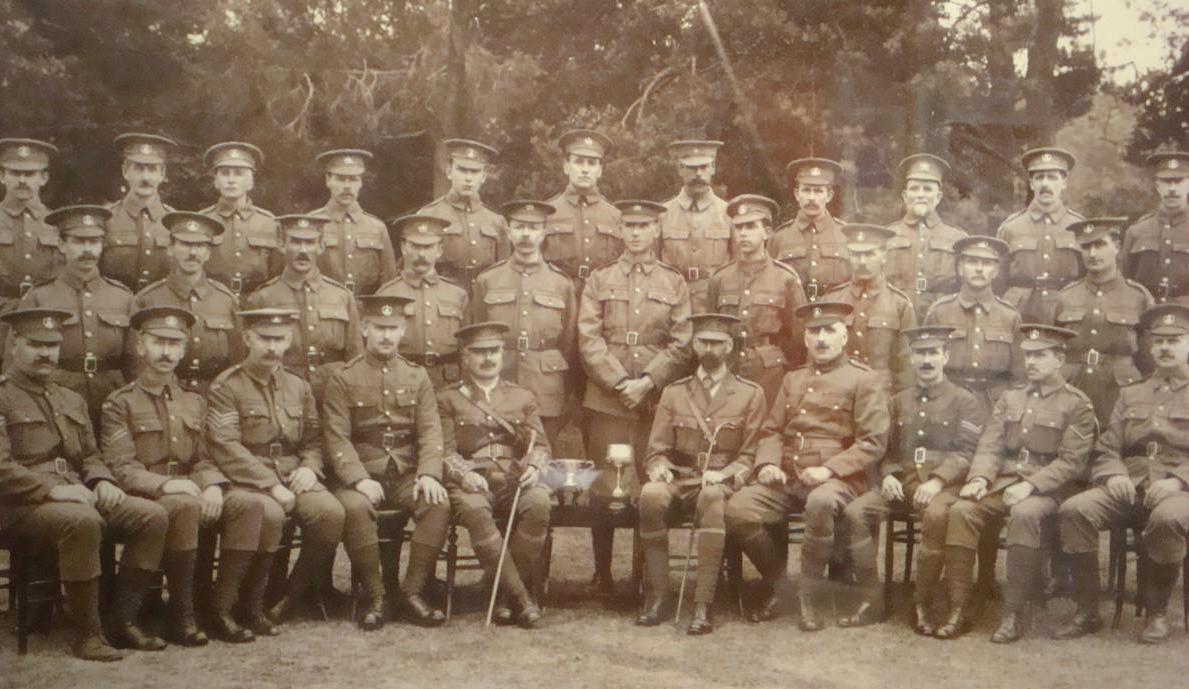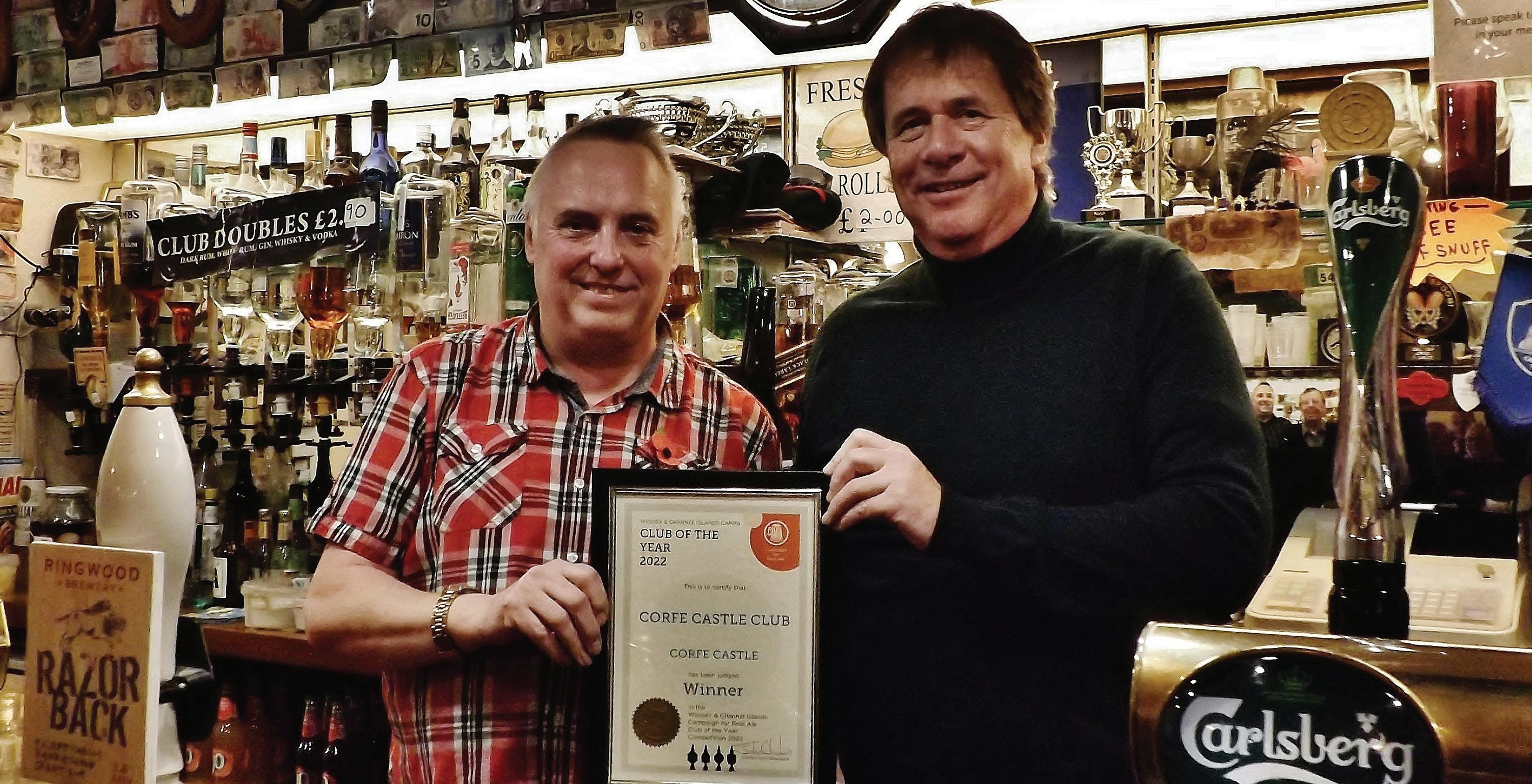
2 minute read
History
ON DISPLAY in Wareham Museum is a large formal photograph presented to Lieut. L.Sturdy 1st Vol Battn, Dorset Regt by the NCOs and Men of the Wareham Detachment, dated July 1919.
It shows a group of soldiers in First World War British army uniform, but it is clear that many of the men are above age for normal military service and the caption shows they are volunteers.
In the First World War there was no direct equivalent to the WWII Home Guard, but back then – just as in 1939-40 – many men who were unqualified to join the regular forces also wanted to serve.
Soon after the outbreak of war in September 1914, a Central Association of Volunteer Training Corps was founded and the Dorset Volunteer Corps was inaugurated on December 3, 1914, in Dorchester. Funding was by public subscription. Many members supplied their own rifles, no uniforms were worn and they drilled in the grammar school.
Their function was to guard local important sites – later this would include the Holton Heath Cordite Factory.
They were identified by a red armlet with the royal initials ‘GR’, but at first the military authorities were reluctant to take any responsibility for these units. Eventually in September 1916 the corps came under control of the War Office and uniforms and weapons were issued.
These were described as ‘assorted obsolete rifles’, but officers were commissioned and men would be paid when called for actual military service.
HQ remained in Dorchester and units were required to carry out fifteen drills every month. By 1917 modern rifles had been issued.
In early 1918 after the collapse of Russia, the situation on the Western Front was desperate and there were real fears of a German invasion.
Special Service Companies were formed from the volunteer corps. In June 1918, one
Do you know anybody in this photograph?
hundred men from Dorset were sent to guard the East Coast for three months, and they included seven men from Wareham – Private C. Groombes, aged 64, being the oldest.
In August 1918 a battalion camped for a month at Trigon, the Sturdy family estate west of Wareham, for intensive field training and it is possible that is when our picture was taken.
Giles Sturdy identified his relative Lieut. Leonard Sturdy (6th from left, front row), and Jess Macy, an NCO (4th from left, front row) but we do not know the names of any others. Can anyone pick out any family members in the group? If so please let us know.
Parades were cancelled and stores withdrawn on November 14, 1918, and the units were disbanded apparently without any ceremony on March 6, 1920.
The museum has now closed for the winter. You can contact us via Facebook, by emailing info@wtm.org.uk or by leaving a message on 01929 553448.
TIM SALTER Wareham Museum
Food & Drink
Chubby chuffed
CORFE Castle Club steward Brian Varney – known to regulars as Chubby – was celebrating after learning his club had been judged Wessex and Channel Islands Club of the Year 2022 by the Campaign for Real Ale (CAMRA).
He is photographed here receiving a certificate from John Chambers, right, chairman of the East Dorset branch of CAMRA.

PHOTO: Robin Boultwood










